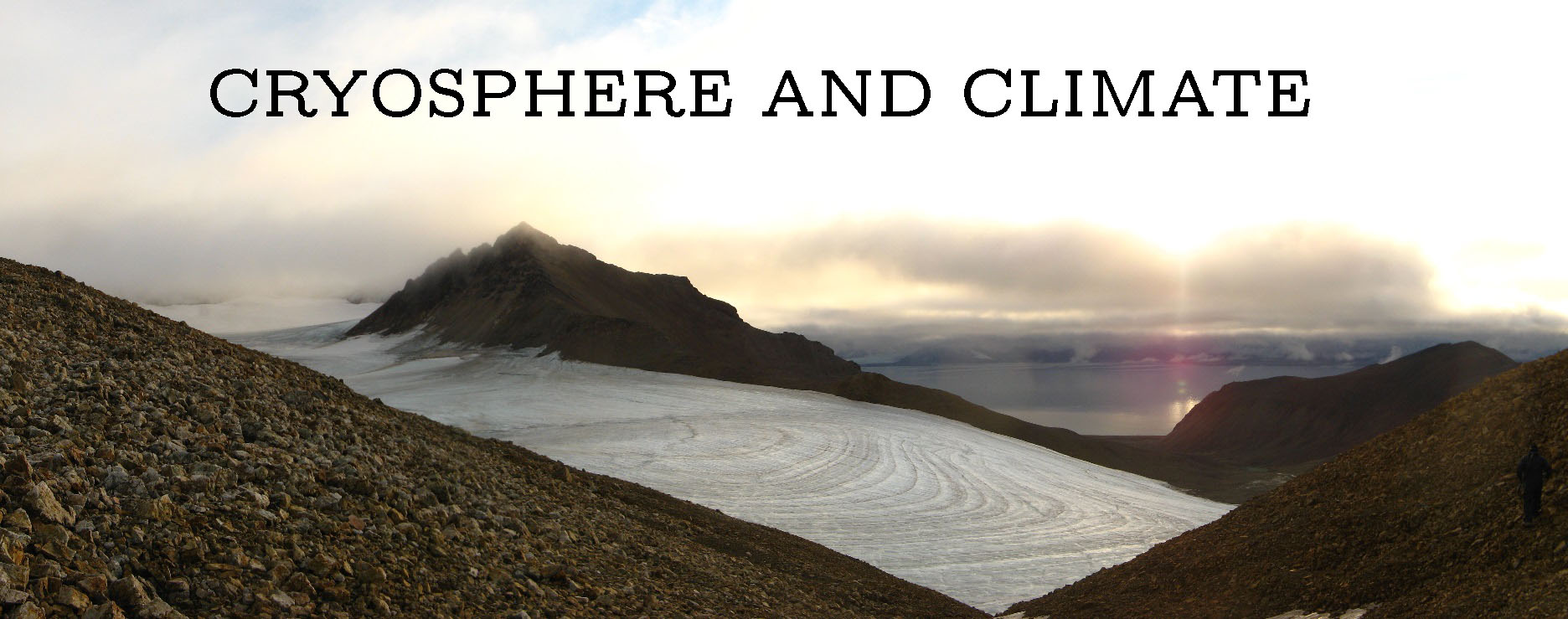- Screen Reader Access
- Skip to : main content / navigation
- Text Size
- Home
- Sitemap
- Contact us
- हिंदी
 |
| RESEARCH | ACTIVITIES | FACILITIES | PEOPLE | PUBLICATIONS |
Integrated glaciological monitoring of benchmark glaciers of Chandra Basin, Lahul-Spiti valley, Himachal Himalayas
The Himalayan glaciers occupy the highest altitudes in the world and hold the largest amount of ice cover outside the Polar Regions with 9,575 glaciers spread over an area of 37,466 square-km area, some of which form the perennial source of major rivers. The Himalayan glaciers are highly sensitive to the ongoing warming. Changes in glaciers are one of the clearest indicators of alterations in regional climate, since they are governed by changes in accumulation and ablation. The varying climate system has profound impact on glacier health and any change in glacier dimensions may significantly affect the runoff through the river systems. Systematic long-term scientific investigations of the glaciers are necessary to understand the complex behavior vis-à-vis the observed and anticipated climatic changes. The limited studies that have been carried out in this regard are by and large, confined to limited geographical areas covering short periods of observation during summer months. There is a need of long term, systematic and integrated monitoring of Himalayan glaciers. NCAOR has adopted seven major glaciers of Chandra basin to monitor for long term integrated glaciological studies and established one base station at Sutri Dhaka for operational requirements. These seven glaciers are Bara Shigri which is the biggest among them and occupy 136 km2 glacier area, Samudra Tapu (98 km2), Sutri Dhaka (25.4 km2), Batal (4.92 km2), Nalka Nal (98 km2), Gepang (98 km2) and Kungum (98 km2). There are 205 glaciers (706 km2) in Chandra basin and NCAOR has been monitoring 43% of this total glacier area of this basin.